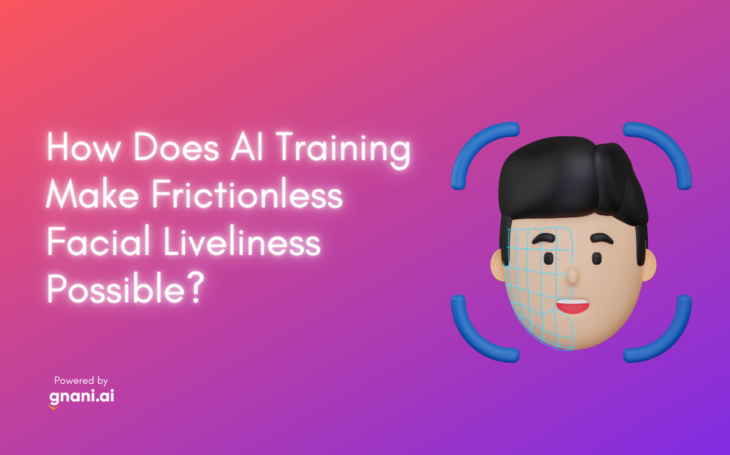
Artificial intelligence is increasingly being used to create lifelike avatars for video conferencing and other applications. Facial Liveliness technology uses a blend of AI and CGI to create realistic 3D images of people that can move and interact in real-time. While this technology is still in its early stages, it has the potential to revolutionize how we communicate online.
The key to creating realistic avatars is to capture all the nuances of human movement. This includes not only facial expressions but also body language and gestures. To do this, AI training data is used to teach the computer how to generate realistic images of people. The training data can come from videos, photos, or even 3D scans of real people. Facial liveliness is the capacity to change your outward appearance to reflect your internal emotions. It’s nonverbal communication that can be used to convey feelings like happiness, sadness, anger, fear, and disgust. By analyzing this data, the AI system can learn to recreate the movements of real people.
While humans are born with the ability to produce facial expressions, it takes years of practice to perfect them. In contrast, artificial intelligence (AI) systems can be trained to generate realistic facial expressions almost immediately.
So how does AI training make frictionless facial liveliness possible?
There are two key components: data and algorithms.
Data is the raw material that AI systems use to learn. In the case of facial liveliness, this data can come in the form of still images, video footage, or 3D models.
Algorithms are the set of rules that dictate how the data is processed and analyzed. They’re what enable AI systems to make sense of the data and extract useful information from it.
When it comes to generating realistic facial expressions, there are two main types of algorithms that are used:
Generative Adversarial Networks (GANs)
GANs are a type of machine learning algorithm that pits two neural networks against each other in a battle to create the most realistic fake data possible. The first network, known as the generator, creates fake data that looks real. The second network, known as the discriminator, tries to identify which data is real and which is fake. As the two networks compete with each other, they both get better at their respective tasks. The result is a generator that produces incredibly realistic fake data – in this case, facial expressions.
Deep learning.
Deep learning is a type of machine learning that involves training artificial neural networks on large amounts of data. These neural networks are able to learn complex patterns and make predictions about new data. In the context of facial liveliness, deep learning algorithms are used to create animations that are realistic and fluid. By analyzing a large dataset of real facial expressions, the neural network is able to learn how different muscles move and interact with each other. This knowledge can then be used to generate lifelike facial expressions.
Conclusion
So there you have it – that’s how AI training makes frictionless facial liveliness possible. By harnessing the power of data and algorithms, AI systems can generate realistic and natural-looking facial expressions with ease. The potential implications of this research are far-reaching and exciting. This system has the potential to create incredibly realistic 3D animations of people, which could be used in movies, video games, or advertising. It’s also possible that this technology could be used to create more lifelike avatars for social media or online dating. We are eagerly watching this space to see where the research goes next!
What do you think about the potential applications of this AI system?




